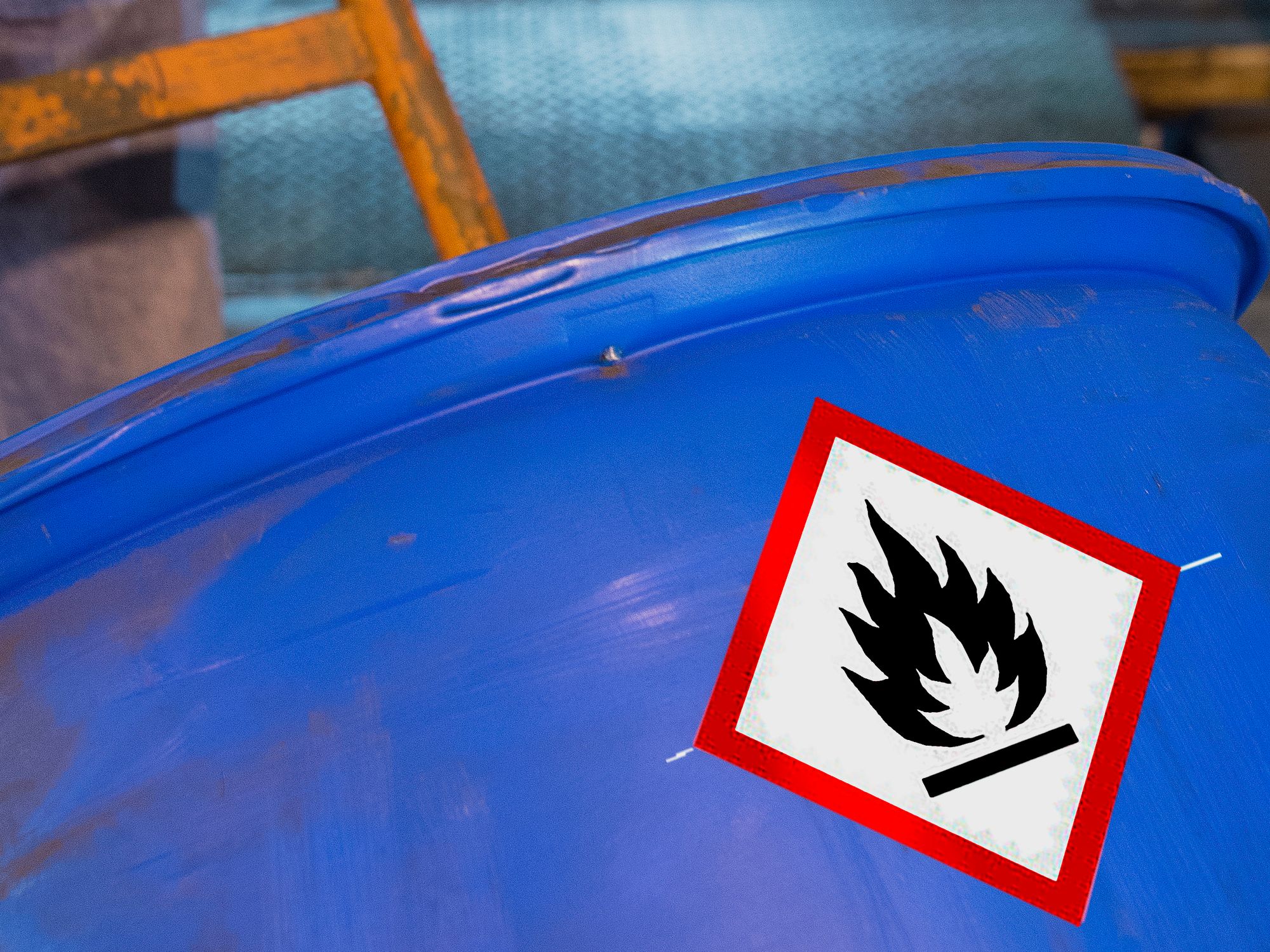InstituteHazard ClassificationsSafety & HealthGeneral Industry SafetyUSAHazard CommunicationHazard CommunicationEnglishAnalysisFocus AreaIn Depth (Level 3)
OSHA defined hazards and HNOC
['Hazard Communication']

- Defined hazards include simple asphyxiants and combustible dust.
OSHA has also added two “defined hazards” into the HazCom standard to address known hazards that have no corresponding Globally Harmonized System (GHS) classification. These OSHA defined hazards are:
- Simple asphyxiant: A substance or mixture that displaces oxygen in the ambient atmosphere, and can thus cause oxygen deprivation in those who are exposed, leading to unconsciousness and death.
- Combustible dust: Finely divided solid particulates of a substance or mixture that pose a flash-fire hazard or explosion hazard when dispersed in air or other oxidizing media.
Hazards not otherwise classified (HNOC)
A “hazard not otherwise classified” is a chemical with adverse physical or health effects which either fall below the cut-off value/concentration limit of the hazard class or is under a GHS hazard category that has not been adopted by OSHA (e.g., acute toxicity Category 5).
